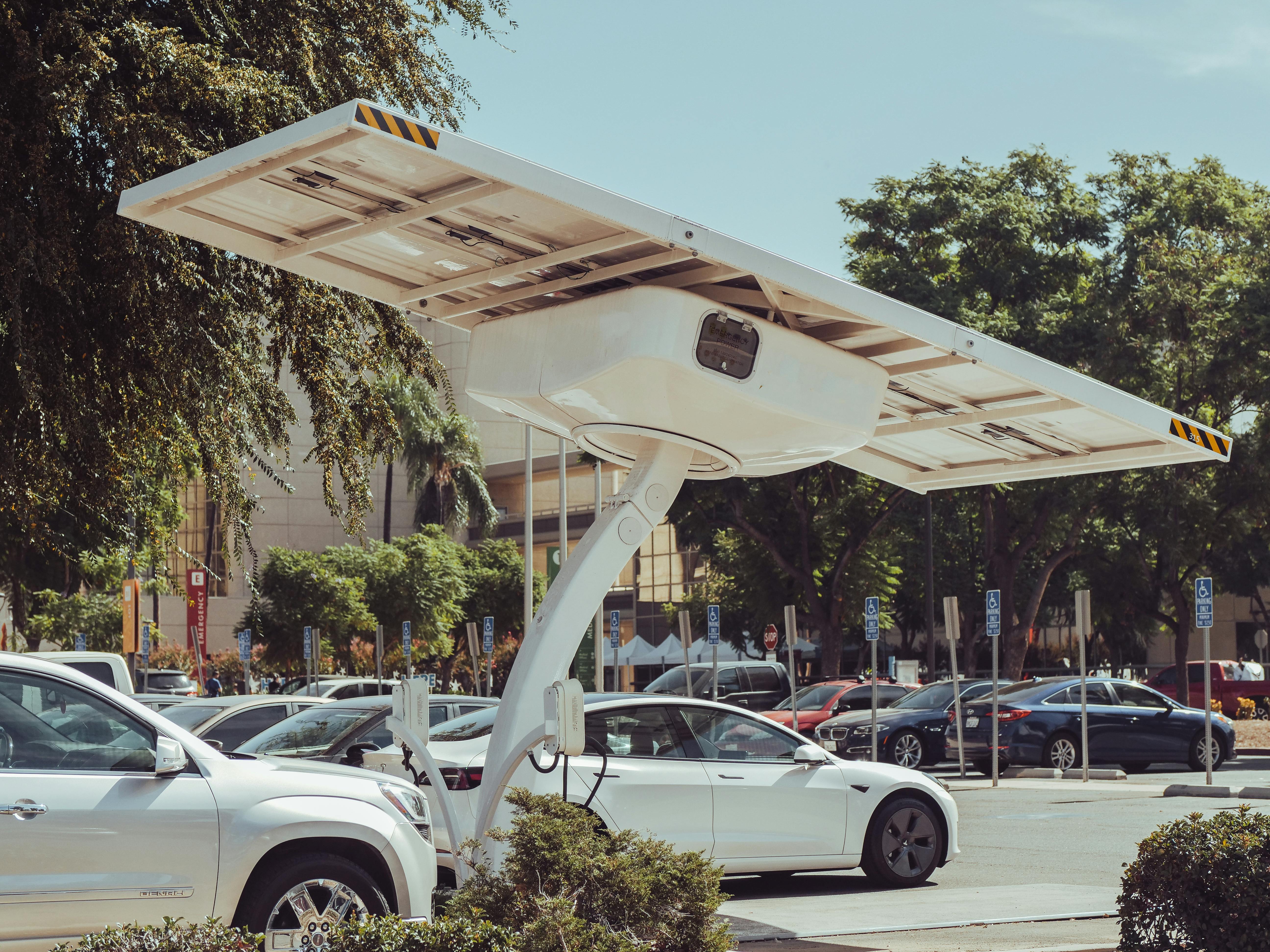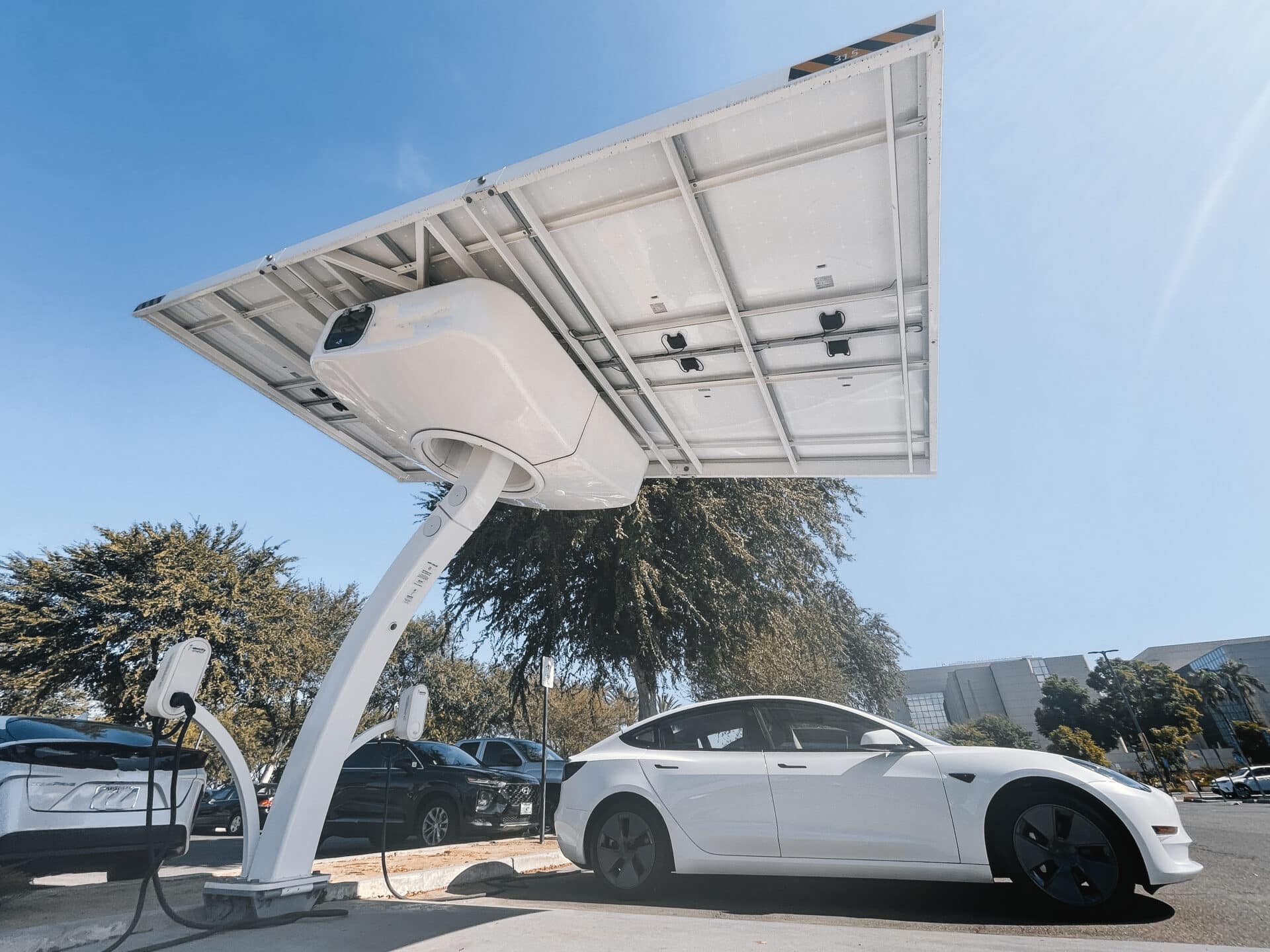Refilling a car battery with distilled water is an important part of maintaining the health of the battery. It is important to ensure that the battery has enough water in it to keep it functioning properly. Refilling the car battery with distilled water is a relatively simple process, and can be done quickly and easily with minimal supplies. In this guide, we will go over the steps necessary to properly refill your car battery with distilled water.The need to refill a car battery with distilled water is to ensure that the acid levels in the battery are at an optimal level. The electrolyte solution inside a car battery consists of a mixture of sulfuric acid and water. Over time, this solution can evaporate, leaving behind the acid in its concentrated form. Topping up the battery with distilled water helps to reduce this concentration and thus, helps maintain a healthy battery.
Refilling Your Car Battery with Distilled Water
Keeping your car battery in good condition is essential for optimal performance and reliability. Refilling your car battery with distilled water is one of the best ways to ensure that it stays in top condition. Here are some of the reasons why you should refill your car battery with distilled water:
1. It helps to prevent corrosion – Over time, lead acid batteries can corrode and become damaged, causing them to lose their charge capacity and not function properly. By refilling your car’s battery with distilled water, you can help reduce the amount of corrosion that occurs and help keep your battery in good condition.
2. It helps to maintain a consistent charge level – When a lead acid battery is not properly maintained, it can lose its charge capacity over time. Refilling your car’s battery with distilled water will help ensure that it maintains a consistent charge level, which will help it perform better and last longer.
3. It helps to extend the life of the battery – Regularly refilling your car’s battery with distilled water will help extend its life
What Is Distilled Water?
Distilled water is a form of water that has had most impurities removed through distillation. This process involves boiling the water and condensing the steam back into liquid form, leaving behind any contaminants. The resulting product is clean, pure water that can be used for a variety of different purposes. Distilled water is often used in car batteries as it helps to keep them from becoming corroded or damaged over time.
How Does It Help Refill Car Battery?
Using distilled water to refill a car battery helps to ensure that no unwanted particles or contaminants enter the system, which can lead to corrosion and damage over time. It also allows the battery to maintain its charge for longer and prevents it from losing power prematurely. When refilling a car battery with distilled water, it’s important to only use the recommended amount and not overfill it as this can cause problems. Additionally, make sure to follow any instructions provided by the manufacturer when replacing or refilling the battery.
Preparing to Refill Your Car Battery with Distilled Water
Before you begin the process of refilling your car battery with distilled water, it is important that you take the necessary precautions to ensure safety. First, make sure that the car is parked in a well-ventilated area with no open flames or sparks around. Turn the engine off and remove any ignition sources such as keys or cell phones. Disconnect the negative and positive posts from the battery terminals and inspect them for any corrosion. If there is any sign of corrosion, clean it off using a wire brush or other materials. Once the terminals have been cleaned, put on protective gear such as rubber gloves and safety glasses to protect your eyes from potential acid splashes.
Next, remove the battery caps and inspect the fluid levels inside each cell. If any of the cells are low, use a distilled water bottle to slowly refill it until it reaches just below the max line indicated on each cell. Be sure not to fill beyond this line as overfilling can cause damage to your battery. Once all cells have been filled, replace each cap tightly and reconnect the negative and positive posts back onto their respective terminals.<
Step 1: Prepare the Battery
Before you start refilling the battery with distilled water, you need to prepare it. First, make sure that the battery is cool. If it has been running in your vehicle, let it cool down before proceeding. Then, remove the caps from the cells of the battery. This will help you access the electrolyte level and add distilled water when necessary.
Step 2: Check Electrolyte Level
Using a clean cloth or paper towel, check the level of electrolyte in each cell of the battery. Make sure that it is at least one-half inch above the lead plates in each cell. If not, you will need to add some distilled water to bring it up to an adequate level.
Step 3: Add Distilled Water
Once you have checked that electrolyte levels are low in any of the cells, use a clean funnel and pour distilled water into each cell to bring it up to an adequate level. Make sure not to overfill them as this can cause leakage

Maintaining the Proper Level of Distilled Water in Your Car Battery
It is essential to maintain the proper level of distilled water in your car battery for it to function properly and efficiently. The distilled water helps to keep the cells of the battery cool and prevents them from becoming overcharged or damaged. It also helps to keep the acid levels balanced, which can help extend the life of your battery. By keeping an eye on the level of distilled water in your car battery, you can ensure that your vehicle will run smoothly and efficiently for longer periods of time.
In order to maintain the proper level of distilled water in your car battery, you should check it regularly. Most batteries have a fill line or indicator on them that will tell you when it needs more water. If you are unsure about where this is located, consult your owner’s manual or ask a mechanic for assistance. Once you know where the fill line is, you can use a small funnel or other device to add distilled water as needed.
It is important to note that adding too much distilled water can be just as detrimental as not having enough. If there

